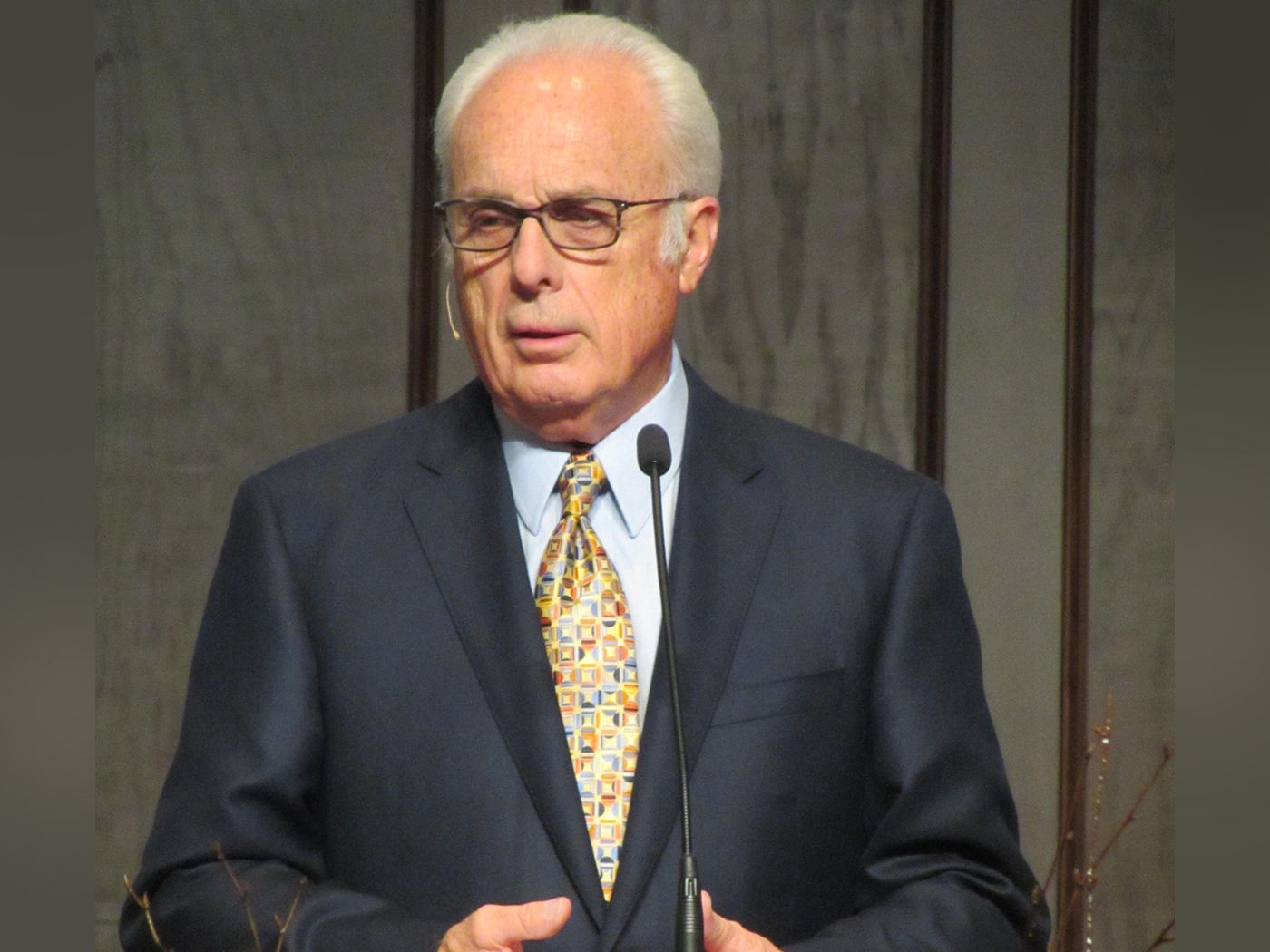Pseudogenes, or "false genes," were initially thought to be mutated and useless genetic "junk" since they don't code for proteins. When they were first discovered, evolutionists claimed they were leftovers of Darwinian evolution. But ongoing studies clearly show that the evolutionary interpretation was premature and even misleading.
With much more powerful tools for genetic investigation now available, researchers are discovering so many biological uses for pseudogenes that perhaps the majority of them are not false genes at all.1 One recent review even asked, "[Are they] pseudo-functional or key regulators in health and disease?"2
Biologists first assumed that pseudogenes are not translated into proteins because they lack some of the codes that signal such translation. And since pseudogenes were not translated into proteins, they supposedly had no function. Thus, they have "long been labeled as 'junk' DNA, failed copies of genes that arise during the evolution of genomes."2
In a study published in the technical journal RNA, Oxford Brookes University biologists reviewed some of the newly discovered functions for pseudogenes. They wrote, "In some cases, what appears to be a nontranslated pseudogene can, in fact, code for truncated proteins." Also, "evidence that some pseudogenes can exert regulatory effects on their protein coding cousins is mounting."2
They reviewed studies where mutations in pseudogenes contributed to type 2 diabetes and certain cancers. If pseudogenes are not important, then why would their disruption cause disease? The researchers concluded that "the prevalent attitude that they are nonfunctional relics is slowly changing."2
The study authors also wrote, "Pseudogenes are sometimes considered to represent 'neutral sequence,' in which mutations that accumulate are neither selected for or against. However, this premise relies on the assumption that pseudogenes are functionally inert."2 This means that pseudogenes can only be construed as evidence for evolution if they represent "neutral sequence" instead of functional sequence.
But the researchers found that "far from being silent relics, many pseudogenes are transcribed into RNA, some exhibiting a tissue-specific pattern of activation."2 Because they serve to fine-tune gene regulation, they are not available for evolution to "develop" into new genetic material, and therefore they can no longer be considered evidence for evolution.
As more functions for this DNA are discovered, the idea that they are leftovers from some evolutionary past diminishes. The evidence indicates that the vast majority of pseudogenes exists because the cell needs them, not because they evolved.3 The observation that they perform important cellular functions fits well with the creative engineering genius of the God of the Bible.
References
- "Pseudogenes" is thus a "pseudo name."
- Pink, R. C. et al. 2011. Pseudogenes: Pseudo-functional or key regulators in health and disease? RNA. 17 (5): 792-798.
- Pink et al. wrote that whereas there are from 10,000 to 20,000 pseudogenes in the human genome…similar to the number of genes…there are fewer than 100 pseudogenes that look like they are the result of mutation.
* Mr. Thomas is Science Writer at the Institute for Creation Research.
Article posted on August 23, 2011.













